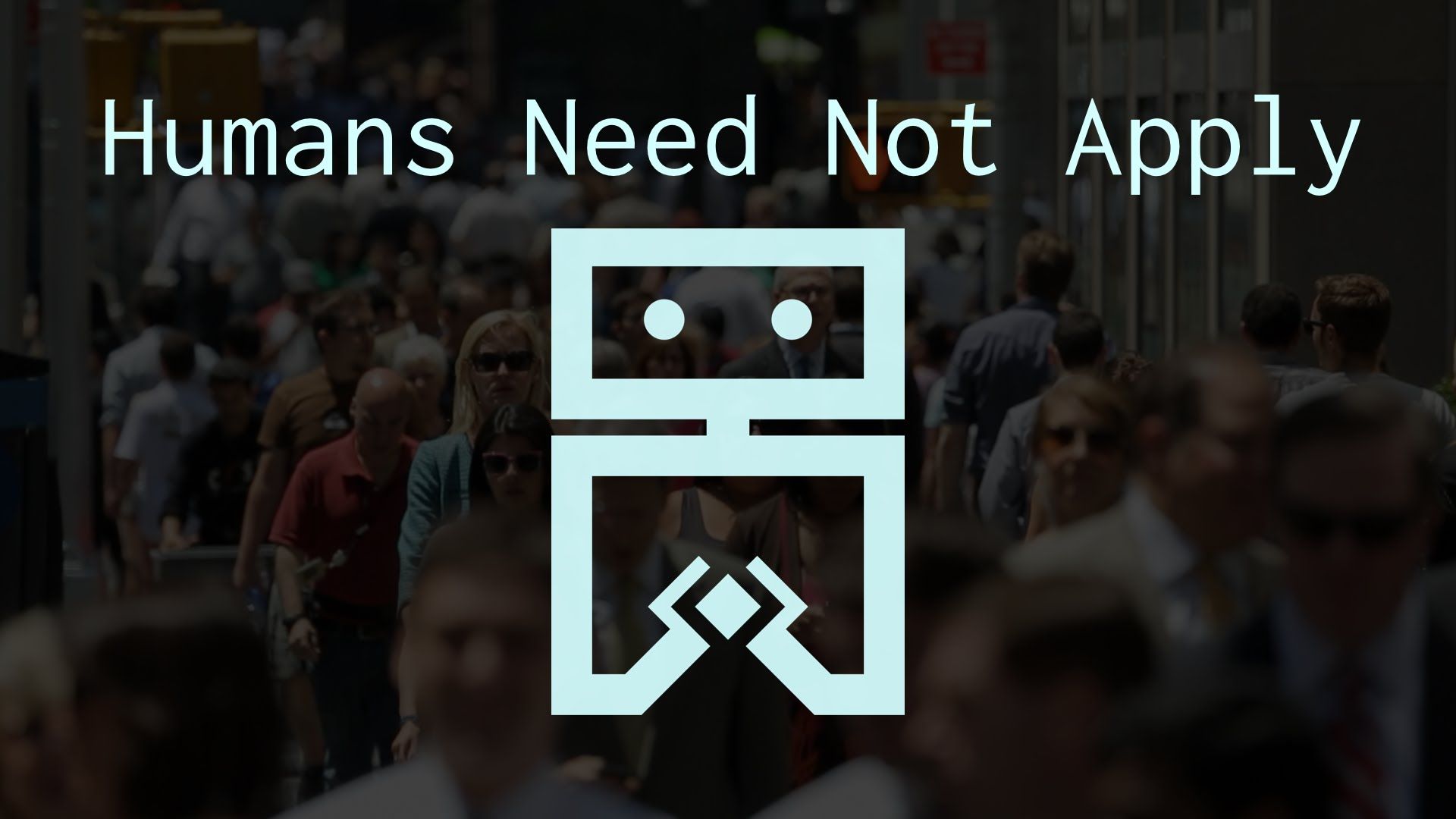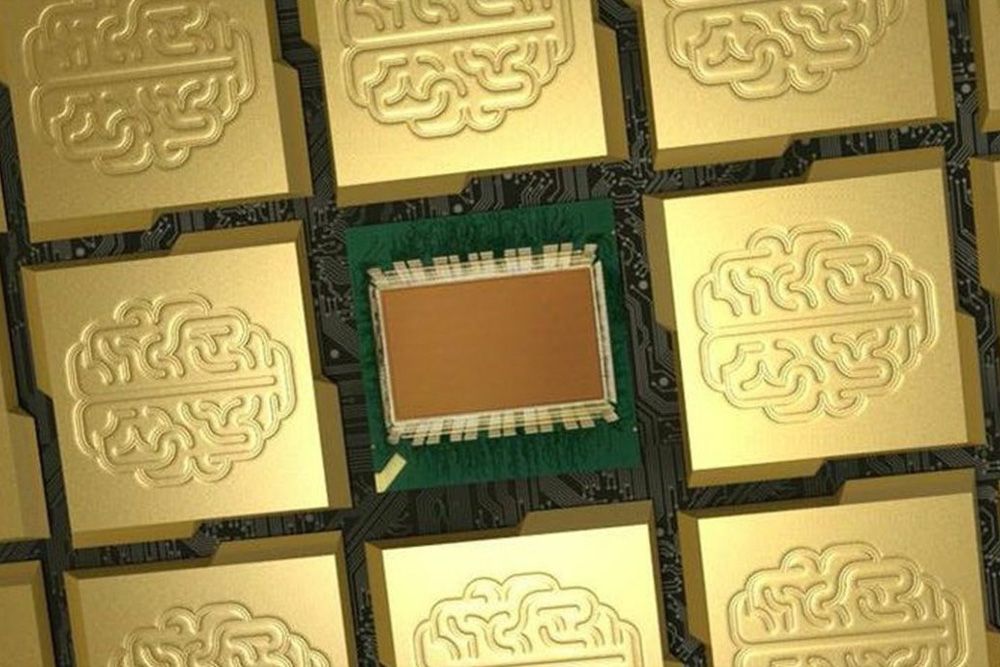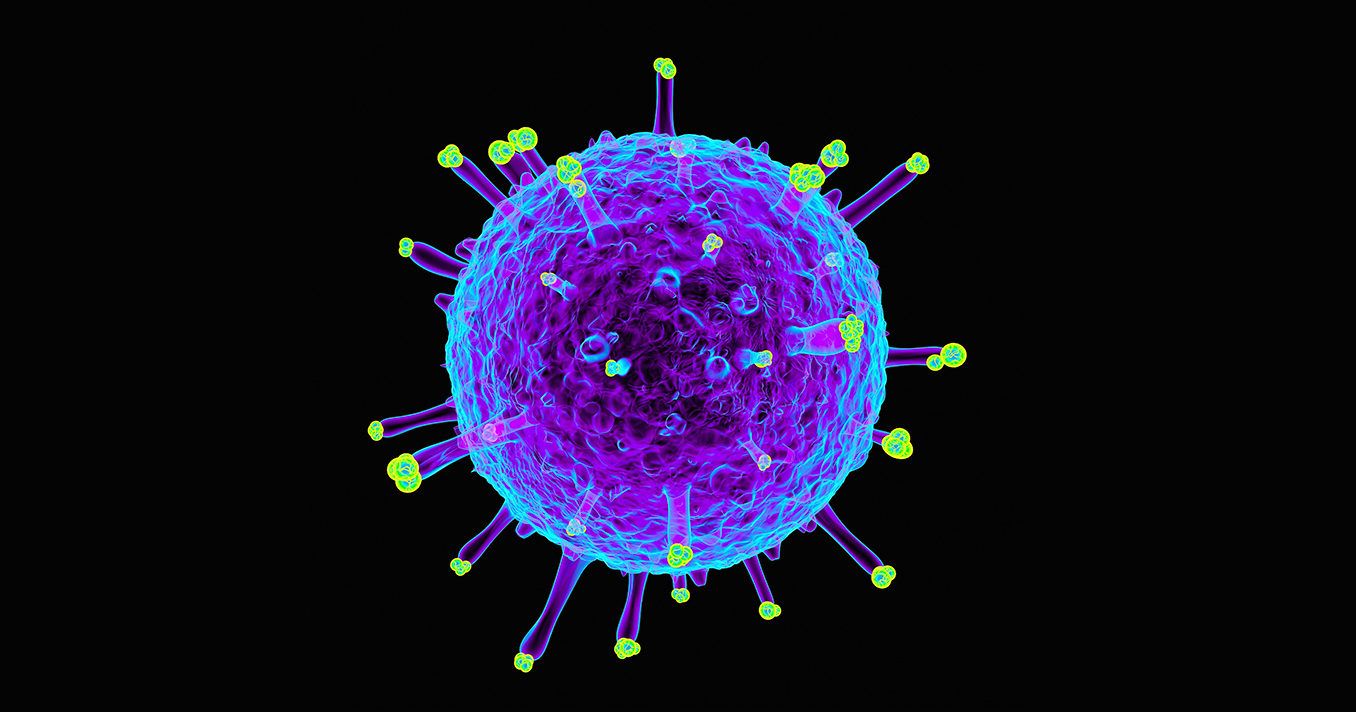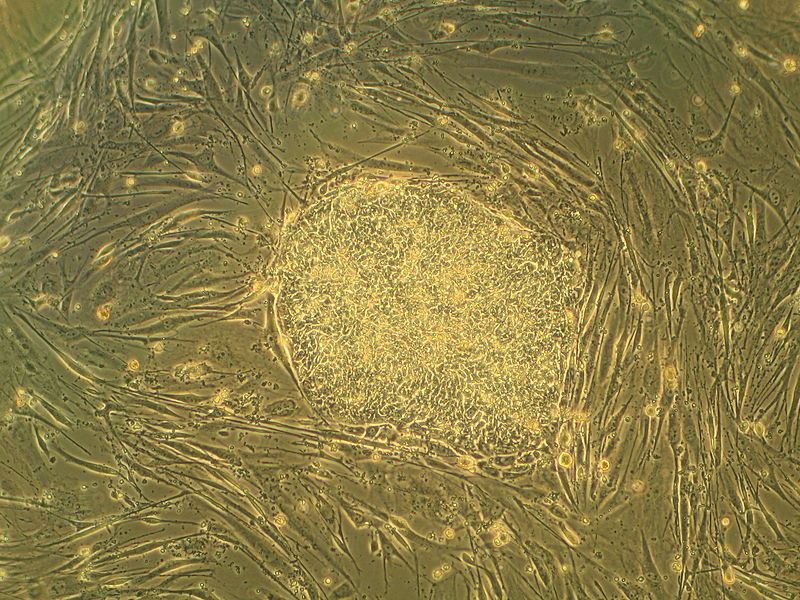Page 11694
Aug 24, 2015
Laniakea is made up of about 100,000 galaxies with a total mass about 100 million billion times that of the sun
Posted by Shailesh Prasad in category: space
Laniakea is made up of about 100,000 galaxies with a total mass about 100 million billion times that of the sun.
Image via Beyond Our Sight.
Aug 24, 2015
Humans Need Not Apply
Posted by Matthew Holt in categories: bitcoin, internet, robotics/AI, singularity

A brief introduction on the coming technological singularity. And a hint at how digital peer to peer cryptocurrencies like bitcoin which was the first. Will turn the ‘internet of things’ into the ‘economy of things’. Plus also I feel validates the case for a new debt free monetary system to provide a universal citizen’s dividend.
#technologicalSingularity #singularity #AI #cryptocurrency #bitcoin #citizensDividend #socialDividend #universalBasicIncome #basicIncome
Aug 23, 2015
7 Futuristic Inventions Available Now 5
Posted by Shailesh Prasad in categories: futurism, innovation
https://www.youtube.com/watch?v=aC6FAIuWQbk
Lets go for 7 billion likes on this one.
This video is dedicated to Shia LaBeouf, for reminding us all that if we want to do something, we should JUST DO IT.
Links:
Aug 23, 2015
Scientists Grow Nearly Defect Free High Quality Graphene from Tea Tree Extract
Posted by Shailesh Prasad in category: materials
Aug 23, 2015
IBM Scientists Advance Toward Brain-Like Computing, Develop ‘Digital Mouse Brain’
Posted by Phillipe Bojorquez in categories: computing, engineering, information science, neuroscience, robotics/AI

https://youtube.com/watch?v=c_YV_omTtAg
But the ultimate goals of the project are nothing short of amazing: “The best possible outcome is to map the entirety of existing cache of neural network algorithms and applications to this energy-efficient substrate,” said Modha. “And, to invent entirely new algorithms that were hereto before impossible to imagine.”
IBM scientists are advancing toward “neuromorphic” computing — digital systems that process information like the brain — and launching a complete ecosystem for brain-like computing, with important near-term applications and visionary long-term prospects.
Aug 23, 2015
Computer scientists have found that robots evolve more quickly and efficiently after a virtual mass extinction modeled after real-life disasters such as the one that killed off the dinosaurs
Posted by Bryan Gatton in categories: computing, evolution, existential risks, robotics/AI
Computer scientists have found that robots evolve more quickly and efficiently after a virtual mass extinction modeled after real-life disasters such as the one that killed off the dinosaurs. Beyond implications for artificial intelligence, the research supports the idea that mass extinctions actually speed up evolution by unleashing new creativity in adaptations.
Photo credit: Joel Lehman.
Aug 23, 2015
The Future Of Health: Stem Cells
Posted by Roy in categories: biotech/medical, health, life extension
Stem cells are a daily feature of science news nowadays and related fields are creating an astonishing array of advancements within regenerative medicine. Unfortunately unlesss you have a scientific background the differences between types can be terribly confusing. We are here to help.
The term stem cell can encompass:
Aug 23, 2015
So Elon Musk’s Hyperloop Is Actually Getting Kinda Serious
Posted by Seb in category: Elon Musk

The Hyperloop sounds like science fiction, Elon Musk’s pipe dream: leapfrog high speed rail and go right to packing us into capsules that fling us across the country in hours using what are, essentially, pneumatic tubes. It sounds crazy, when you think about it.
It’s starting to look a little less crazy. Read more











